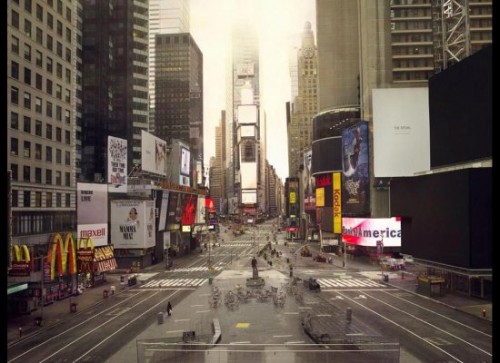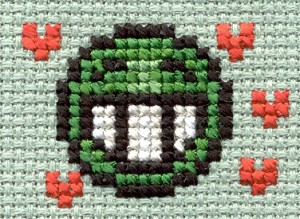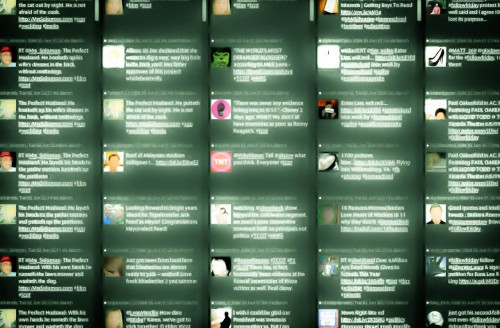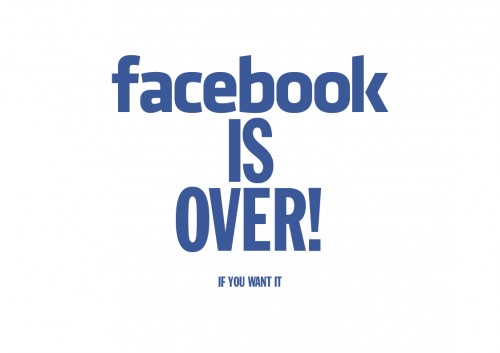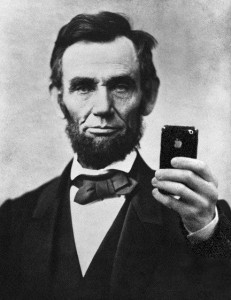
Recently, I started following a new podcast from Slate.com called Lexicon Valley. The half hour-long, weekly podcast by Bob Garfield and Mike Vuolo covers a variety of topics but all of the episodes center around changes in language and the power of words. Their June 4th episode was devoted to Abraham Lincoln and his Gettysburg Address and I highly recommend giving it a listen. While Vuolo and Garfield conclude that the Gettysburg Address closely follows the structure of an ancient Greek funeral oration, they also note that the brevity of the address was both rhetorically deft and politically pragmatic. The address was reprinted verbatim on the front page of most major newspapers and was easily reproducible in every format imaginable– from pamphlets to marble plaques. Today, we can share huge amounts of information with little-to-no effort, yet the art of keeping it brief seems to hold sway. What are some of the unique properties of brevity that makes it so alluring and what can we expect to achieve with it? more...


